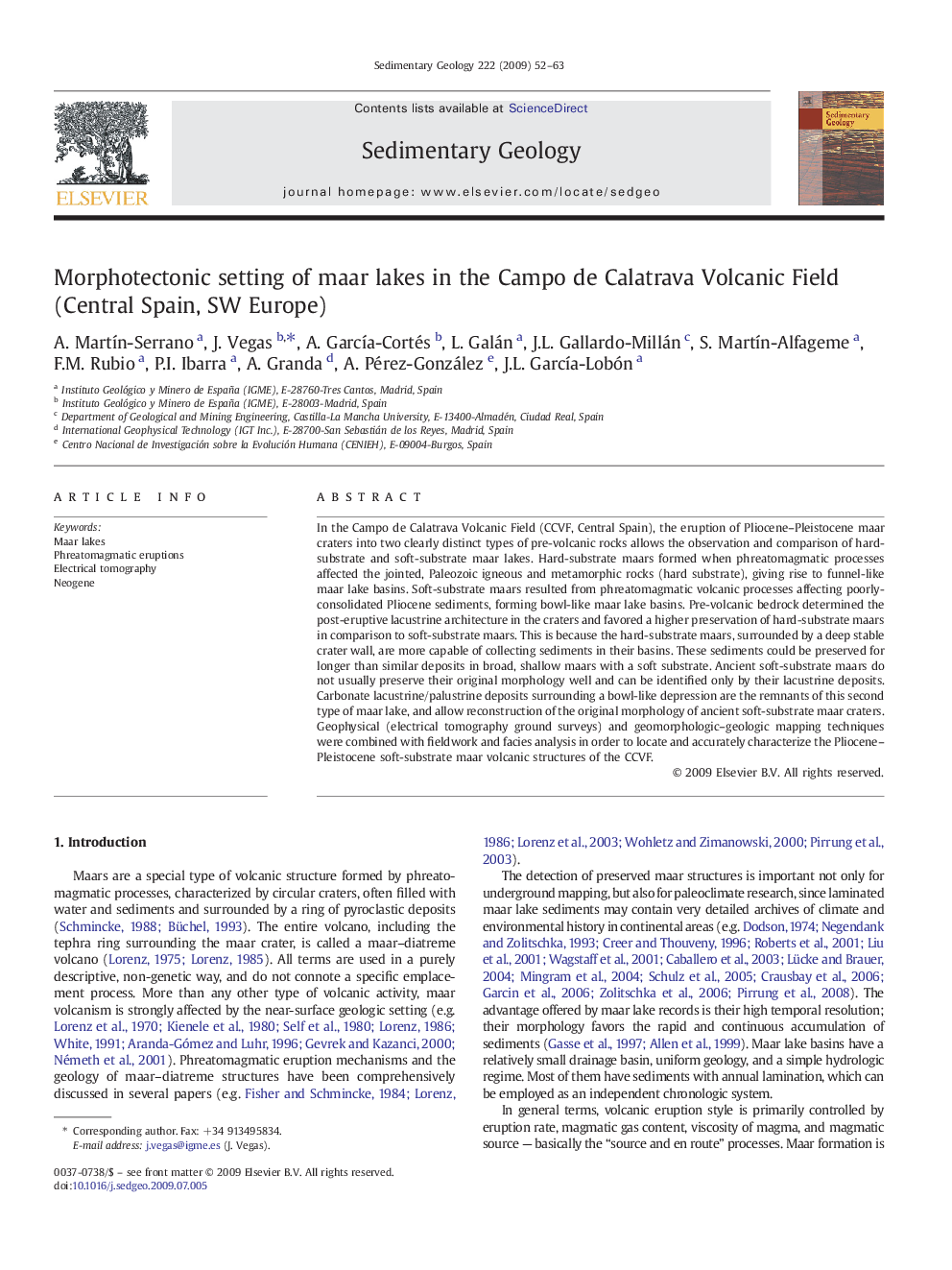| Article ID | Journal | Published Year | Pages | File Type |
|---|---|---|---|---|
| 4690376 | Sedimentary Geology | 2009 | 12 Pages |
Abstract
In the Campo de Calatrava Volcanic Field (CCVF, Central Spain), the eruption of Pliocene-Pleistocene maar craters into two clearly distinct types of pre-volcanic rocks allows the observation and comparison of hard-substrate and soft-substrate maar lakes. Hard-substrate maars formed when phreatomagmatic processes affected the jointed, Paleozoic igneous and metamorphic rocks (hard substrate), giving rise to funnel-like maar lake basins. Soft-substrate maars resulted from phreatomagmatic volcanic processes affecting poorly-consolidated Pliocene sediments, forming bowl-like maar lake basins. Pre-volcanic bedrock determined the post-eruptive lacustrine architecture in the craters and favored a higher preservation of hard-substrate maars in comparison to soft-substrate maars. This is because the hard-substrate maars, surrounded by a deep stable crater wall, are more capable of collecting sediments in their basins. These sediments could be preserved for longer than similar deposits in broad, shallow maars with a soft substrate. Ancient soft-substrate maars do not usually preserve their original morphology well and can be identified only by their lacustrine deposits. Carbonate lacustrine/palustrine deposits surrounding a bowl-like depression are the remnants of this second type of maar lake, and allow reconstruction of the original morphology of ancient soft-substrate maar craters. Geophysical (electrical tomography ground surveys) and geomorphologic-geologic mapping techniques were combined with fieldwork and facies analysis in order to locate and accurately characterize the Pliocene-Pleistocene soft-substrate maar volcanic structures of the CCVF.
Related Topics
Physical Sciences and Engineering
Earth and Planetary Sciences
Earth-Surface Processes
Authors
A. MartÃn-Serrano, J. Vegas, A. GarcÃa-Cortés, L. Galán, J.L. Gallardo-Millán, S. MartÃn-Alfageme, F.M. Rubio, P.I. Ibarra, A. Granda, A. Pérez-González, J.L. GarcÃa-Lobón,
